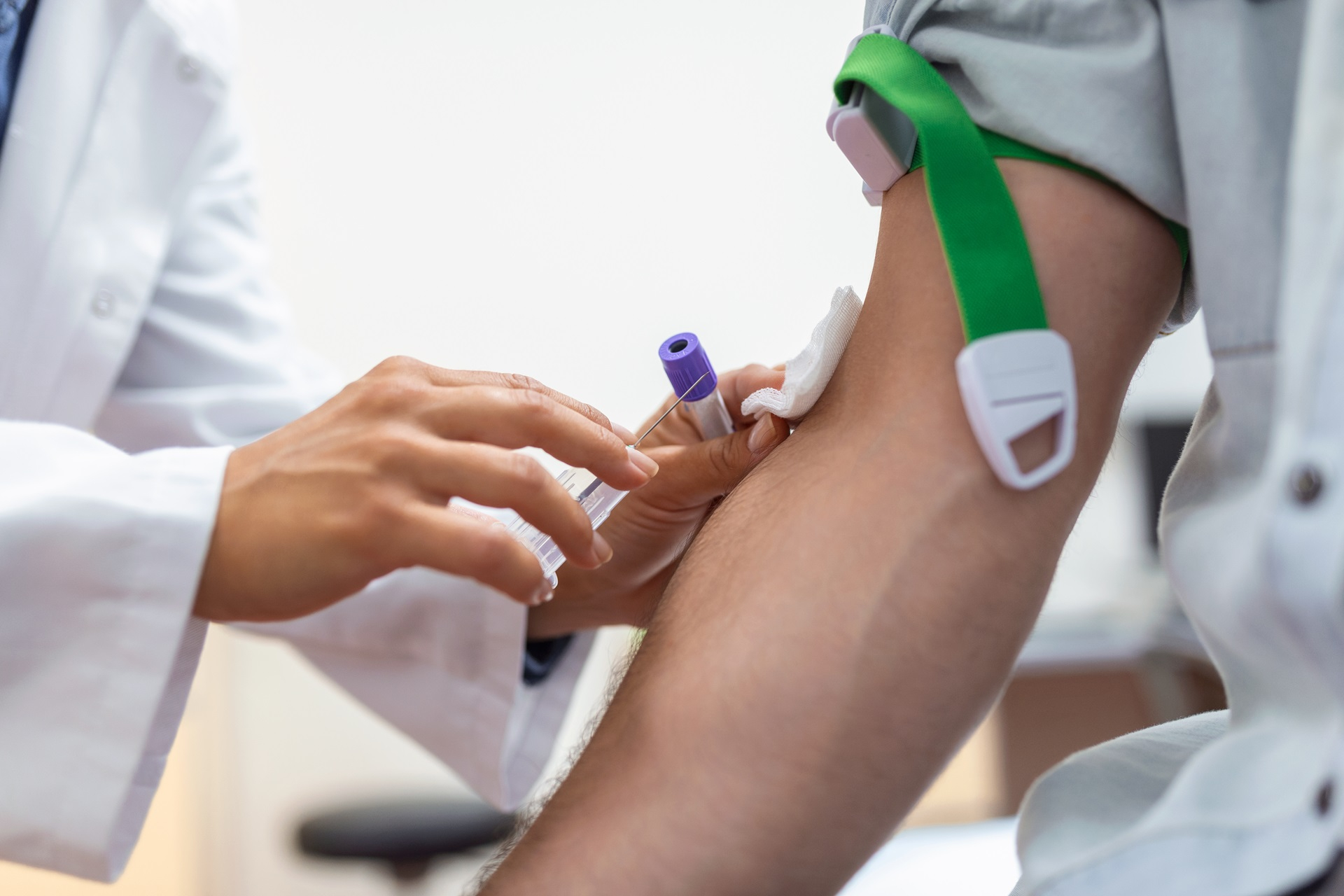About the haemogram test
Blood tests can provide a lot of information about the overall health of an individual. Even if only a tiny amount of blood is drawn for such diagnostic procedures, it can provide a complete understanding of organ functionalities and be beneficial for the early diagnosis of various diseases. An example of a blood test that is commonly suggested is a haemogram test.
A complete haemogram test includes a series of blood tests to gather information about the components found in the blood. This mainly involves the complete blood count (CBC) as well as erythrocyte sedimentation rate (ESR). The CBC test checks red blood cells, white blood cells, and platelet counts. ESR is useful for identifying signs of inflammation that may be present in the body.
Undergoing a haemogram test while pregnant helps to ensure both the mother and the growing fetus are doing well. This test is used to assess different blood components that help in the detection of anemia, infections, and possible complications. Regular haemogram testing assists healthcare providers in ensuring a healthy pregnancy and prompt management of any arising concerns.
The healthcare provider may recommend a haemogram test as part of a routine examination if an individual exhibit any of the following symptoms:
- Anemia
- Nose bleeds
- Viral infections
- Excessive bleedingpa
- Unexplained bruising
- Prolonged bleeding for minor injuries
- High blood pressure in pregnancy (Preeclampsia)
Understanding the components assessed in a haemogram
A haemogram test is used to measure the quantity of red and white blood cells as well as platelets in the bloodstream. It also provides information regarding haemoglobin levels and ESR in a blood sample. Here is further information about these components:
Red blood cells (RBCs): RBCs contain haemoglobin, which helps carry oxygen to tissues in the body. This test is used to measure the number of RBCs in a given volume of blood.
White Blood Cells (WBCs): WBCs are also known as leucocytes. This test is used to measure the number of WBCs in a given volume of blood.
Platelet count: This test is used to measure the number of platelets in a given volume of blood.
Haemoglobin: It is a protein present in the RBCs that helps carry oxygen from the lungs to the body tissues. This test is used to measure the amount of haemoglobin in a given volume of blood.
Hematocrit value: It is also termed packed cell volume (PCV). This test is used to determine the volume of blood occupied by red blood cells and is expressed as a percentage.
Mean Platelet Volume (MPV): This is the average platelet size found in a given volume blood.
Mean Corpuscular Volume (MCV): This is the average RBC size found in a given volume of blood.
Mean corpuscular haemoglobin (MCH): This is the average amount of haemoglobin found in each RBC.
Mean Corpuscular haemoglobin Concentration (MCHC): This is the average haemoglobin concentration in a given blood volume.
Platelet Distribution Width (PDW): This is a variation of platelet size distributions found in the blood.
Red Blood Cell Distribution Width (RDW): This measures the differences in the volume and size of the red blood cells.
Erythrocyte Sedimentation Rate (ESR): This evaluates the speed at which red blood cells settle at the bottom of a test tube. ESR helps determine whether there is inflammation or infection in the body.
Procedure
Before a blood sample is collected, an elastic band is tied around the upper arm to serve as a tourniquet. The patient is instructed to close his/her fist, which eventually causes the blood to enter the veins. The skin is cleaned before inserting the needle into the vein to prevent the introduction of bacteria. Then the skin is punctured with a needle, and the blood is drawn. There may be a little pricking or pinching sensation, which only occurs during needle insertion.
Interpretation of the haemogram test result
|
Parameters |
Normal ranges |
|
RBC |
4.2 to 6.1 million cells/mcL |
|
WBC |
4,500 to 11,000 cells/mcL |
|
Platelet |
150,000 to 450,000/dL |
|
Hb |
13.8 to 17.2 gm/dL (male) 12.1 to 15.1 gm/dL (female) |
|
Hematocrit |
40.7% to 50.3% (male) 36.1% to 44.3% (female) |
|
MCV |
80 to 95 femtoliter |
|
MCH |
27 to 31 pg/cell |
|
MCHC |
32 to 36 gm/dL |
|
ESR |
0 to 15 mm/hr (men) 0 to 20 mm/hr (women) |
What do the abnormal results indicate?
- Abnormal levels of haemoglobin, hematocrit, or RBCs can be signs of anemia, heart disease, or iron deficiency.
- Low white blood cell count may be because of bone marrow disorder, autoimmune disorder, or cancer.
- High white blood cell count may be because of inflammation, infection, or a reaction to a medication.
- High ESR may be caused by inflammatory conditions such as arthritis, kidney diseases, inflammatory bowel disease, infections, heart diseases, and certain cancers.
- Low ESR may be caused by blood disorders such as polycythemia, sickle cell disease, leucocytosis (increased number of WBCs in the blood), and certain kidney and liver problems.
However, an abnormal test outcome does not imply a life-threatening condition since diet, exercise, medication, menstrual cycle and other factors can also affect the levels of these blood components. It is recommended to consult a healthcare provider with the test results for a proper diagnosis.
A haemogram helps to keep track of one’s overall health and identify potential problems in the early stages. This comprehensive set of blood tests provides important information about blood cell health, which includes red blood cells, white blood cells, and platelets. By doing a full CBC and ESR exam, healthcare providers can get a clear idea of a person’s health status since it can indicate infections, anemia, and other medical conditions.


